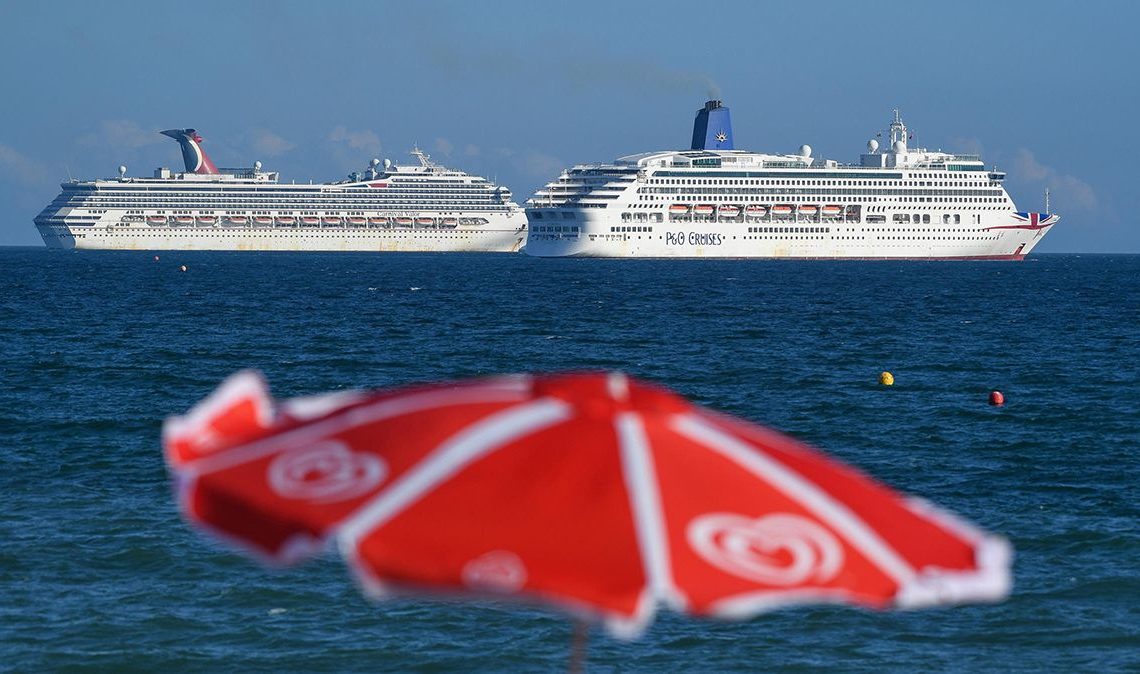
You might also like:
The Centers for Disease Control and Prevention (CDC) announced the extension of a No Sail Order for cruise ships through October 31, 2020. This order continues to suspend passenger operations on cruise ships with the capacity to carry at least 250 passengers in waters subject to U.S. jurisdiction.
Cumulative surveillance data reported to CDC from March 1 through September 29, 2020, shows at least 3,689 COVID-19 or COVID-like illness cases on cruise ships in U.S. waters, in addition to at least 41 reported deaths. We recognize these numbers are likely incomplete and an underestimate.
Recent outbreaks on cruise ships overseas provide current evidence that cruise ship travel continues to transmit and amplify the spread of SARS-CoV-2, the virus that causes COVID-19,—even when ships sail at reduced passenger capacities—and would likely spread the infection into U.S. communities if passenger operations were to resume prematurely in the United States.
The challenges described in the No Sail Order highlight the need for further action before cruise ships can safely resume passenger operations in the United States. Recent passenger voyages in foreign countries continue to have outbreaks, despite cruise ship operators having extensive health and safety protocols to prevent the transmission of SARS-CoV-2 on board and spread to communities where passengers disembark. When health and safety protocols were apparently observed, resuming passenger operations significantly burdened public health authorities by creating the need for additional SARS-CoV-2 testing, isolation of infected travelers, contact tracing, and quarantine of exposed people.
The continued spread of the COVID-19 pandemic worldwide, risk of resurgence in countries that have suppressed transmission, ongoing concerns related to restarting of cruising internationally, and need for additional time to assess industry measures to control potential SARS-CoV-2 transmission on board cruise ships with passengers without burdening public health, support continuation of the No Sail Order at this time.
On cruise ships, passengers and crew share spaces that are more crowded than most urban settings. Data show that when only essential crew are on board, ongoing spread of SARS-CoV-2 still occurs. If unrestricted cruise ship passenger operations were permitted to resume, passengers and crew on board would be at increased risk of SARS-CoV-2 infection and those that work or travel on cruise ships would place substantial unnecessary risk on healthcare workers, port personnel and federal partners (i.e., Customs and Border Protection and the U.S. Coast Guard), and the communities they return to.
This Order will remain in effect until the earliest of:
The expiration of the Secretary of Health and Human Services’ declaration that COVID-19 constitutes a public health emergency,
The CDC Director rescinds or modifies the order based on specific public health or other considerations.
CDC will continue to update its guidance and recommendations to specify basic safety standards and public health interventions based on the best scientific evidence available.
Source: en.mercopress.com
